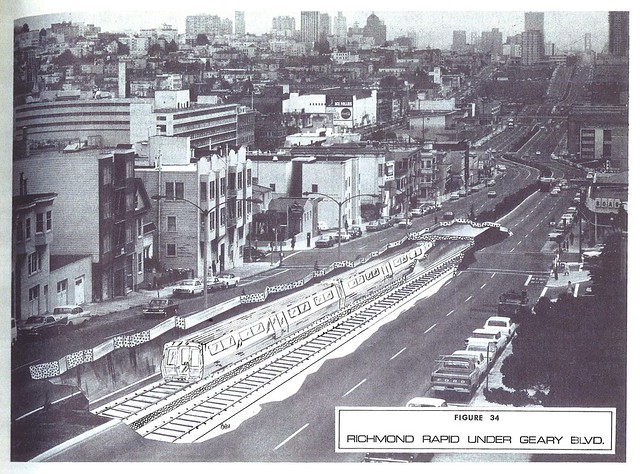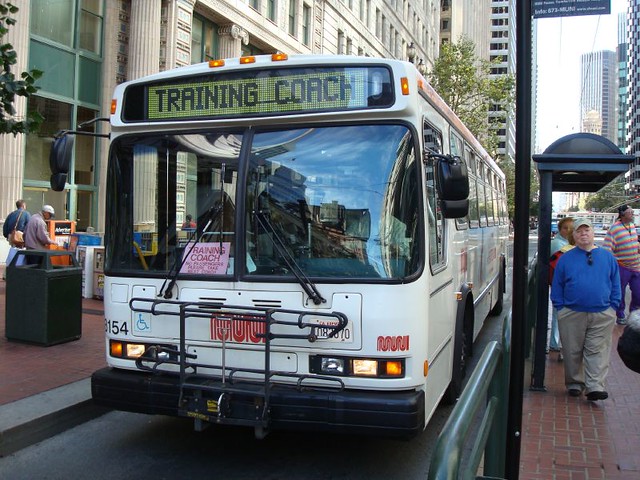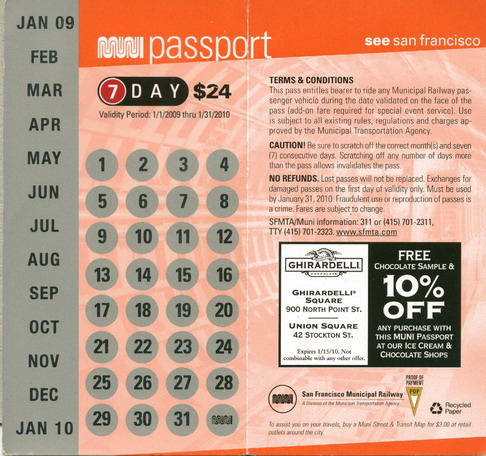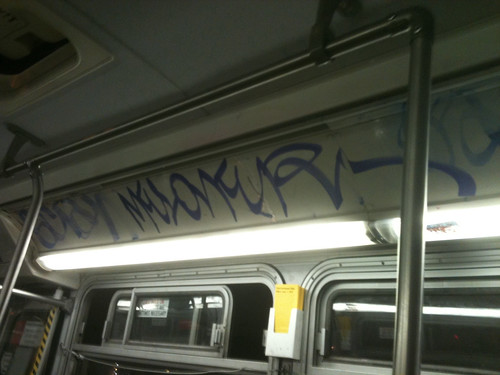In my blog, From Here to There: The San Francisco Muni, I
have talked about new and old buses, graffiti and sanitation on buses, proof of
payments, fights on Muni and safety tips, accuracy of Muni buses, Muni history,
and new Muni shelters.
After analyzing all these, I conclude that Muni does have a
lot of places where they can improve their services on.
I learned a lot about Muni that I did not know before, and
maybe I now know more about Muni than Muni bus drivers! The main source of my
information is from online articles from newspapers, and from the main SFMTA
website itself. Also, I included a lot of my opinions and past or present
experiences in the blogs.
Where do I get experience? I get it from riding Muni every day and by
going to the Cable Car Museum located in 1201 Mason Street in San Francisco.
Admission is free so if you have time, go check it out! The hours of operation
is listed in the main website: http://www.cablecarmuseum.org/
Inside the museum, they displayed old forms of proof of
payments, such as tokens and passes. They also had a souvenir shop, so buy some
souvenirs to show that you went there! They also showed how cable cars work,
and it was a fun place to go with your family members.
Muni has served San Franciscans for a very long time, and
Muni will continue its effort in providing us with service that will make us
satisfied. In the future, I will continue to write posts when there are things
for me to write about. I do not know when I will write a post, so keep checking
to my blog periodically! It is the end of the semester, so take care and hope
to see you in future posts!
Happy Holidays!





















